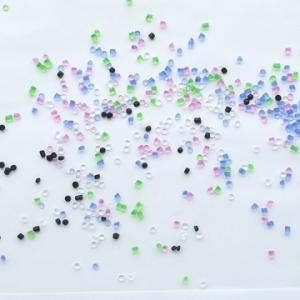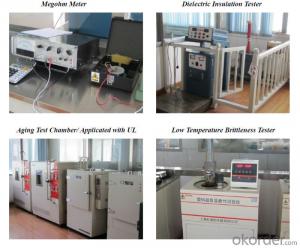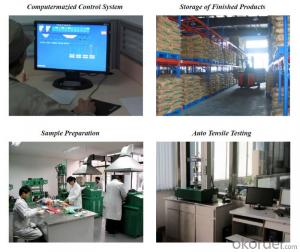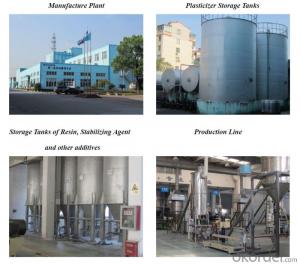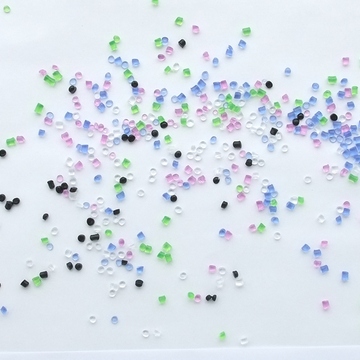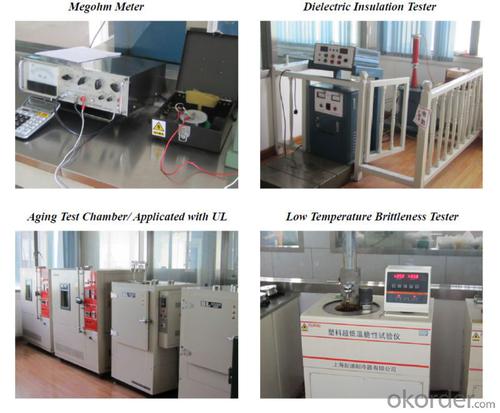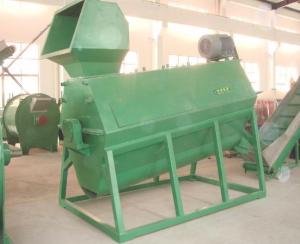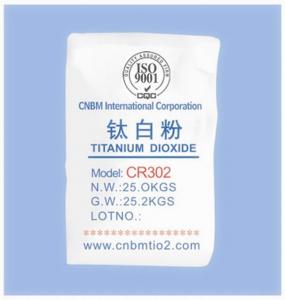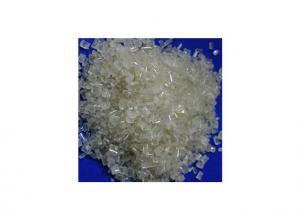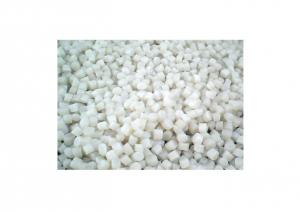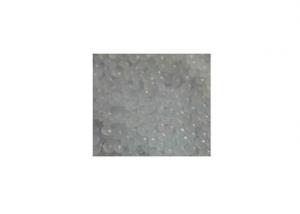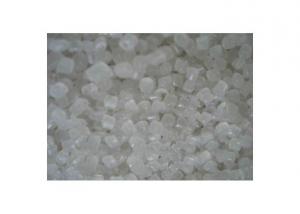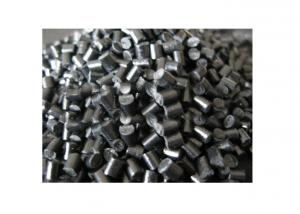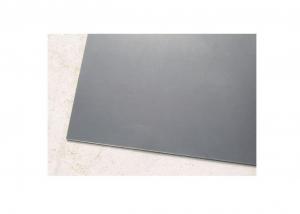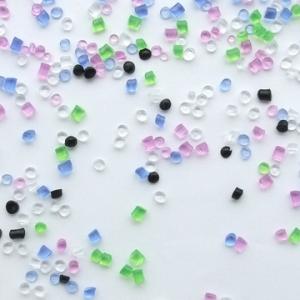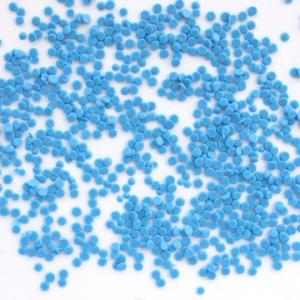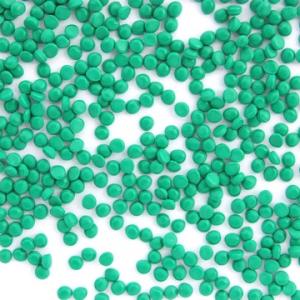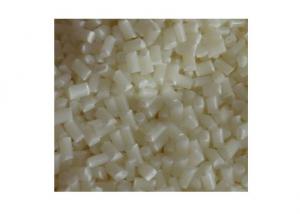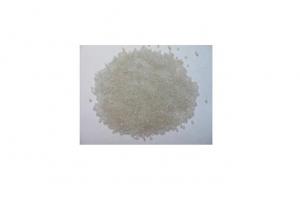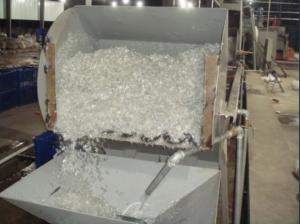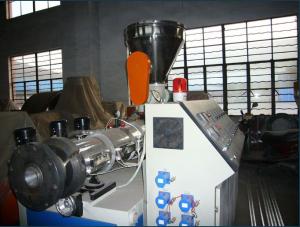K3 Class Irradiation Cross-linkable LSZH Flame Retardant Polyolefin Compound for Nuclear Power Cable
- Loading Port:
- Shanghai
- Payment Terms:
- TT OR LC
- Min Order Qty:
- 1 m.t.
- Supply Capability:
- 350 m.t./month
OKorder Service Pledge
OKorder Financial Service
You Might Also Like
polyolefin insulation:
1. Applications and cable specifications:
Type | Product | Application and Cable Specification |
HF311-1 | K3 class irradiation cross-linkable POE insulating compound for nuclear power cables | 1E grade K3 class irradiation cross-linkable non flame retardant inside insulation of nuclear power cables |
HF313-1 | K3 class irradiation cross-linkable low smoke halogen free high flame retardant POE insulating compound for nuclear power cables | 1E grade K3 class irradiation cross-linkable non flame retardant outside insulation of nuclear power cables |
HF313-7 | K3 class irradiation cross-linkable low smoke halogen free high flame retardant POE filling compound for nuclear power cables | 1E grade K3 class irradiation cross-linkable high flame retardant filling compound of nuclear power cables |
HF313-2 | K3 class irradiation cross-linkable low smoke halogen free high flame retardant POE jacket compound for nuclear power cables | 1E grade K3 class irradiation cross-linkable high flame retardant jacket of nuclear power cables |
HR313-2 | K3 class thermoplastic low smoke halogen free high flame retardant POE jacket compound for nuclear power cables | 1E grade K3 class thermoplastic high flame retardant jacket of nuclear power cables |
2. Description:
low smoke halogen free flame retardant POE compound for nuclear power grade 1E class K3 cable, based on POE resin, is produced and pelletized by special technology, adding special modifier, halogen-free flame retardant, anti-oxidant, crosslinking sensitizer and other special additives.
3. Processing:
The following temperature(°C) profile of extruder is recommended:
| Type | Processing Equipment | Compression ratio | L/D | Processing temp. | ||||
| Zone 1 | Zone 2 | Zone 3 | Zone 4 | Head | ||||
| HF311-1 | Common plastic extruder | 1.1:1~1.5:1 | 20:1~25:1 | 90 | 140 | 160 | 165 | 165 |
| HF313-1 | Common plastic extruder | 1.1:1~1.5:1 | 20:1~25:1 | 90 | 120 | 140 | 140 | 145 |
| HF313-7 | ||||||||
| HF313-2 | ||||||||
| HR313-2 | Common rubber extruder | 1.1:1~1.5:1 | 20:1~25:1 | 90 | 110 | 125 | 140 | 145 |
Note:Compound should be dried at 60-70°C before use, which has been stored more than two months.
4. Storage and transport:
Packing: 25kg/bag, PE membrane inside bag and craft outside bag.
Avoiding in direct sunlight and weathering.
Storage place should be clean, cool, dry and ventilated.
5. Properties:
| Item | Unit | HF311-1 | HF313-1 | HF313-7 | HF313-2 | HR313-2 |
| Standard | Standard | Standard | Standard | Standard | ||
| Tensile Strength | ≥MPa | 12.5 | 10 | 6 | 10 | 10 |
| Elongation at Break | ≥ % | 200 | 150 | 70 | 150 | 150 |
| Thermal Aging | °C×d | 135×7 | 135×10 | — | 135×10 | 110×10 |
| Variation on TS/ EB | ≤ % | ±25/±25 | ±30/±30 | — | ±30/±30 | ±25/±25 |
| Thermal Prolongation 20N/cm2 | °C×min | 200×15 | 200×15 | — | 200×15 | — |
| Elongation Under Load | ≤ % | 175 | 175 | — | 175 | — |
| Permanent Deformation | ≤ % | 15 | 15 | — | 15 | — |
| Volume Resistivity at 20 °C | ≥Ω.m | 1.0×1015 | 1.0×1012 | — | 1.0×1012 | 1.0×1012 |
| Dielectric Strength | ≥KV/mm | 25 | 20 | — | 20 | 20 |
| Oxygen Index | ≥ % | — | 30 | 40 | 30 | 30 |
| Impact Brittleness Temperature | °C | -30 | -30 | -15 | -30 | -30 |
| Smoke Density Flaming | ≤ | — | 100 | 100 | 100 | 100 |
| Non Flaming | ≤ | — | 350 | 350 | 350 | 350 |
| Acidity of gases evolved (PH) | ≥ | 4.3 | 4.3 | 4.3 | 4.3 | 4.3 |
| Conductivity of gases evolved | ≤μs/cm | 10 | 10 | 10 | 10 | 10 |
| Toxicity Index | ≤ | 2.5 | 2.5 | 2.5 | 2.5 | 2.5 |
| Water Absorption Test | °C×h | 70×168 | 70×168 | — | 70×168 | 70×168 |
| Variation on TS/ EB | ≤ % | ±30/±30 | ±30/±30 | — | ±30/±30 | ±30/±30 |
6. Company
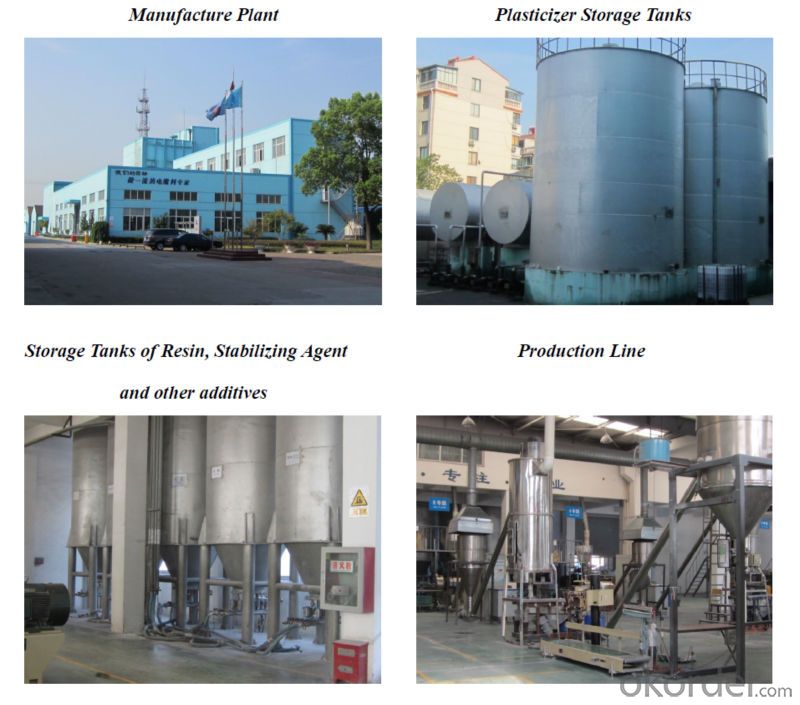
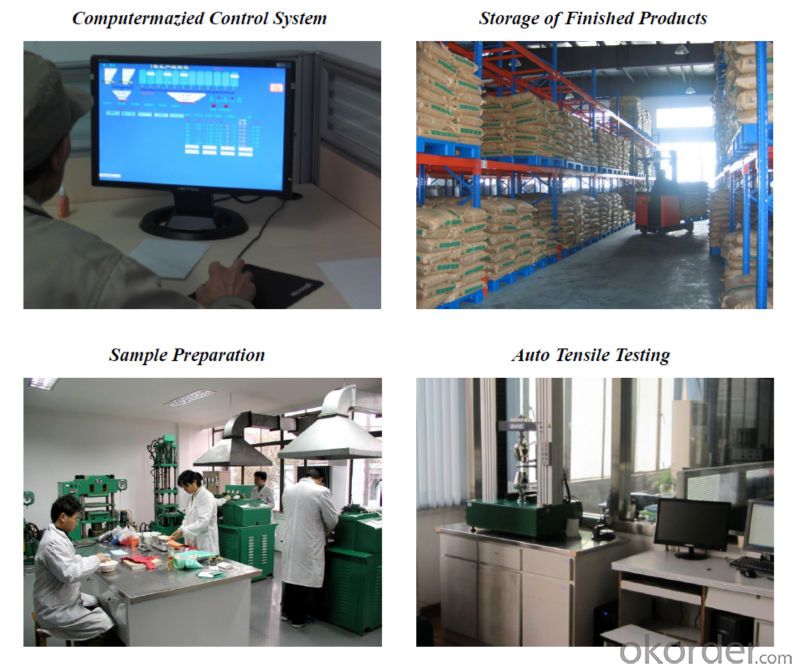
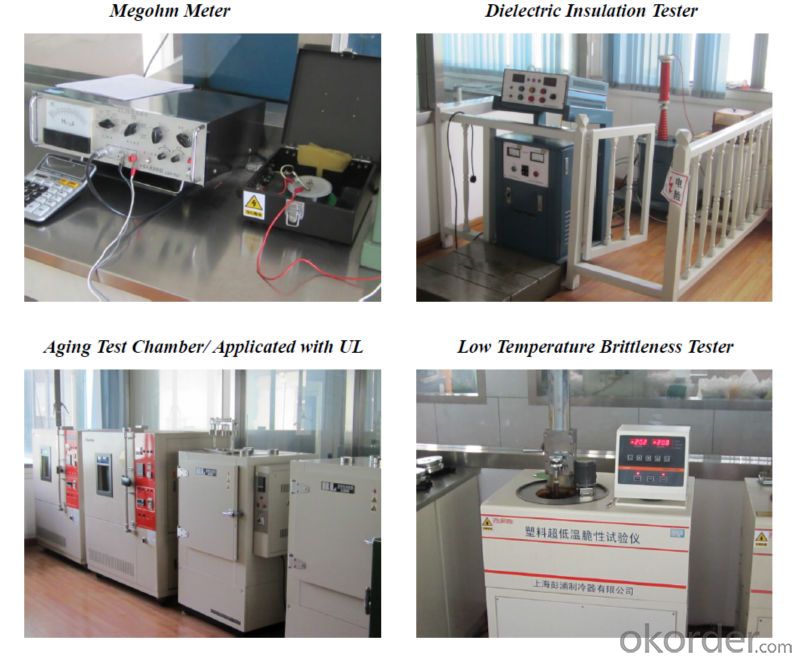
- Q: Main ingredients and formulations of PPR tubes
- PPR pipe has energy saving, environmental protection, high strength, corrosion resistance, with smooth inner wall has the advantages of scale, construction and easy maintenance, long service life, widely used in building water supply and drainage, urban drainage, city gas, electric power and cable sheath, industrial fluid transportation, agricultural irrigation, industrial and municipal construction industry and the field of agriculture. The PP-R pipe is made of random copolymerized polypropylene and is extruded into tubes to be molded into tubes.
- Q: How many types of plastics are there?
- PU Name: polyurethane (foam). Mainly used for handrail accessories.Name: POM steel is mainly used for wear parts such as mats, casters, door hinge, hinge and so on. The performance of wear resistance, pressure resistance, but poor dimensional stability.Name: PA nylon. Mainly used as foot, claw, wheel wear, the life of high demand place. Features: wear resistance, pressure resistance, high strength and long service life of indoor, individual models such as PA66 heat up to 2200, is easy to change, easy to break the drying performance, poor weather resistance in the sun.PMMA: organic glass (commonly known as acrylic). There are five kinds of transparent plastic material, and PMMA is one of the highest transparency, cutting when vinegar sour, easy deformation, can turn plastic soaked in boiling water. Disadvantages: easy to scratch the surface, low hardness, easy to crack when bending, the price is higher than ABS more than 20%.
- Q: What is the difference between PP raw material and modified PP?
- Sort:(1) according to the characteristics of resin when heating and cooling, classification: 1. Thermosetting plastics, two, thermoplastics(2) according to the use of plastics classification: general plastic, engineering plastics, special plastic raw materialsModified PPThe concept of modified plastic PP, refers to the base of the general plastics and engineering plastics, after filling, blending and enhancement processing method of modification, improve the performance of flame retardant plastic products, strength, impact resistance, toughness.Classification: PP modified plastic products are mainly a variety of flame retardant resins, toughening resin, plastic alloy, functional masterbatch etc..
- Q: How to identify the proportion of nozzle material in plastic?
- It can be analyzed according to the melting point value (MFI/MI) of plastic material. Generally not to exceed the raw material index 30% judgment. Example: GE C1200 raw material MI value is 19., the judgment basis is: 19+19*30%=24.7, if the test result is more than 24.7 numerical value many, basically can judge the plastic performance not to be able to satisfy the request.
- Q: Application of CPE in plastics industry
- Resin type CPE in the product is also known as "A" material, elastic rubber type CPE has become B type material!Application: in the late 1990s, the domestic demand for high-performance flame-retardant rubber is increasing, especially the development of wire and cable industry and auto parts manufacturing industry, which has led to the consumption demand of rubber based CPE. Rubber based CPE is a kind of special synthetic rubber with good comprehensive properties, heat resistance, ozone aging and good flame retardancy.Mainly used in wire and cable (coal mine cable, UL and VDE standards such as the provisions of the wire), hydraulic hose, hose, adhesive tape, rubber sheet, PVC profiles, pipe modification, magnetic materials, ABS modification, and so on.
- Q: PVC what chemicals do you need for plastic surface treatment?
- The commonly used techniques: solvent cleaning (skim), corona treatment, short wavelength ultraviolet radiation treatment, sandpaper treatment, sandblasting processing, plasma etching, chemical etching, heat treatment etc..
- Q: What plastic material is resistant to high temperature?
- High temperature resistant plastic material:PPS: (PPS)Polyphenylene sulfide (abbreviated as PPS) is a new type of high performance thermoplastic resin. It has the advantages of high mechanical strength, high temperature resistance, chemical resistance, flame resistance, good thermal stability and good electrical performance. It is widely used in the fields of electronics, automobile, machinery and chemical engineering
- Q: What two ingredients fit together to solidify like plastic?
- What is the material of plastics? This is important because even the adhesive with high bond strength can not be well adhered to on some surfaces, such as PTFE.
- Q: What's the shell of the relay? What exactly is plastic?
- It is by virtue of this characteristic of molding, the use of the first heating of the plastic flow, under pressure filled cavity, and then solidified into a shape and size of the product. Thermosetting resins are linear or branched before curing, forming a chemical bond between the molecular chains after curing, becoming a network of three degrees, not only without melting, but also insoluble in solvents. Bakelite, formaldehyde, melamine, formaldehyde, epoxy, unsaturated polyester and silicone plastics are all thermosetting plastics. Mainly used for heat insulation, abrasion resistance, insulation, high voltage resistance in the harsh environment of the use of plastic, mostly thermosetting plastic, most commonly used should be wok, pot handle and high and low voltage appliances.. Commonly used thermosetting plastics are phenolic resin, urea formaldehyde resin, melamine resin, unsaturated polyester resin, epoxy resin, silicone resin, polyurethane and so on
- Q: What are the plastic raw materials for this purpose?
- Plastic classification, composition and characteristics, plastic is a widely used synthetic polymer materials, in our daily life, plastic products abound.
Send your message to us
K3 Class Irradiation Cross-linkable LSZH Flame Retardant Polyolefin Compound for Nuclear Power Cable
- Loading Port:
- Shanghai
- Payment Terms:
- TT OR LC
- Min Order Qty:
- 1 m.t.
- Supply Capability:
- 350 m.t./month
OKorder Service Pledge
OKorder Financial Service
Similar products
Hot products
Hot Searches
